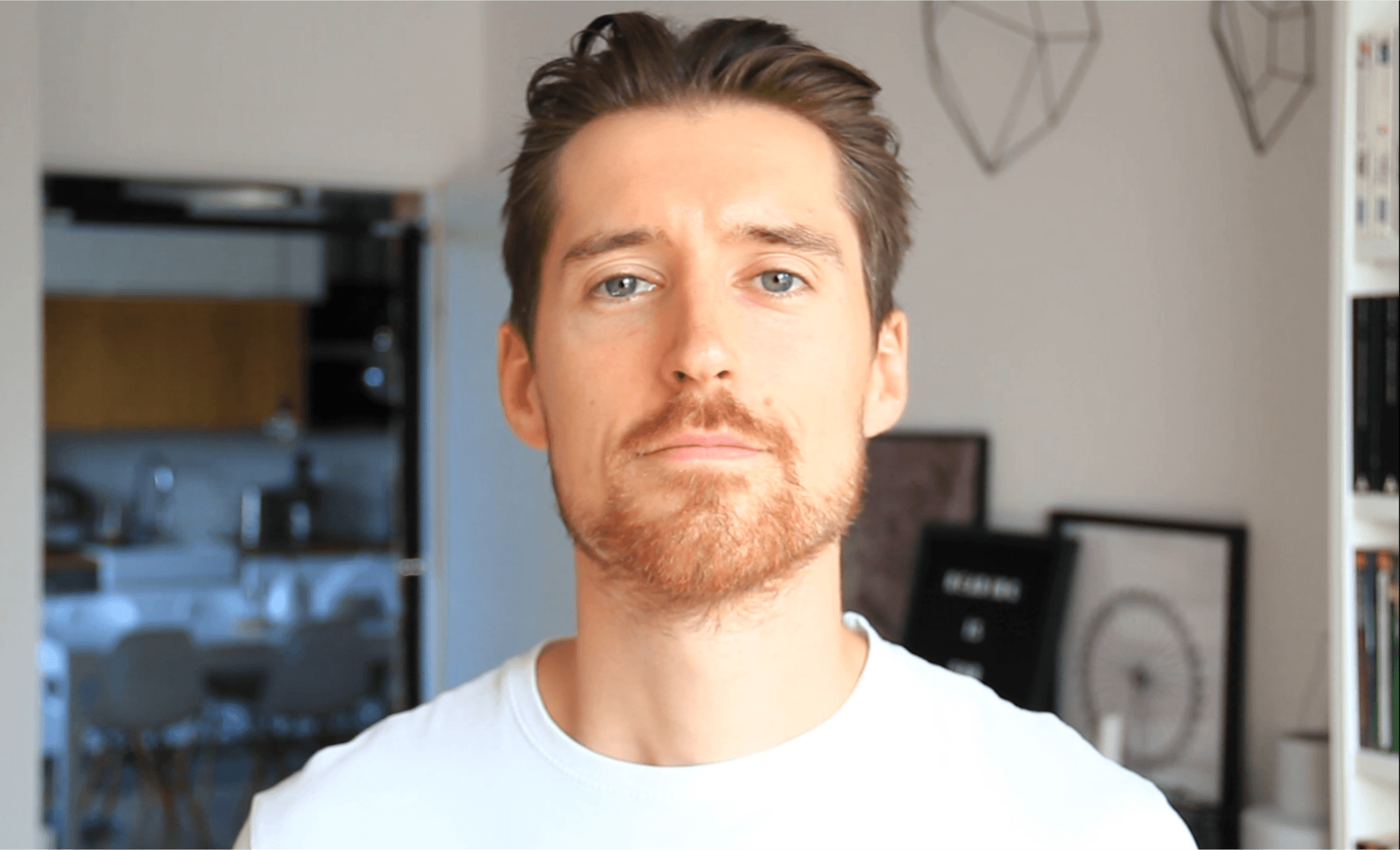

Today we’d like to introduce you to Matt Courtois.
Hi Matt, so excited to have you on the platform. So before we get into questions about your work-life, maybe you can bring our readers up to speed on your story and how you got to where you are today?
The atypical aspect of my animator profile is that, after completing a scientific curriculum in high school, I pursued studies in programming at university in Paris, France. While I knew I wanted to work with computers, my vision was not yet clear. I quickly realized that I was drawn to something more visually appealing than databases and lines of code. Consequently, after obtaining my initial diploma, I decided to undertake an additional year of study, focusing on multimedia applications, in Nice, in southern France. That was my first encounter with animation. It immediately resonated with me, sparking a passion that would shape my professional trajectory. Following internships at companies specializing in e-learning platforms, I went back to Paris and pursued formal education in game development to deepen my expertise, at LISAA. The program began with an intensive art preparatory year, where I honed foundational skills in drawing, painting, perspective, color theory, composition, human anatomy etc. This was followed by two years of rigorous training that mixed theoretical knowledge with practical application. The curriculum included diverse courses and two student-led projects, which proved invaluable. These projects required the team to engage with nearly every facet of development while allowing individuals to specialize in their preferred craft. I took on significant responsibilities in programming and project management while also creating a substantial portion of the animation assets.
At the conclusion of the program, our team presented a playable prototype and individual portfolios to a jury of industry professionals. Among them was a former student employed at Ubisoft Paris, who introduced me to the concept of “gameplay animation.” He recognized the value of my programming background, noting that such hybrid skill sets were rare and highly sought after. Inspired by his advice, I dedicated the following summer to refining my demo reel, incorporating his feedback. This effort led to an internship at Ubisoft in 2012, a pivotal milestone that launched my career.
Although Ubisoft did not immediately offer a full-time position after my internship, I remained proactive, continuing to develop personal projects while awaiting opportunities. My persistence paid off in fall 2013 when I joined Ubisoft’s team tasked with developing the core player systems for Tom Clancy’s: Ghost Recon Wildlands.
Approximately a year later, my wife received a job offer in Poland, her home country, prompting us to relocate. Initially expecting a brief stay, we remained for seven years. From day one, I joined Techland (as the first full-time foreign employee) where I worked extensively on the Dying Light franchise. On Dying Light 2: Stay Human, I worked on player traversal and combat, and co-designed and animated the majority of enemies behaviors and combat systems. I also contributed, alongside a small number of engineers, to the design and development of a new animation tool, offering animators from freedom and autonomy. Shortly after, I was promoted to technical lead animator.
During my time there, I collaborated with exceptionally talented and dedicated professionals, forged lasting friendships, and seized numerous opportunities for professional and personal growth.
In late 2021, my wife and I embraced a long-held ambition to relocate to the United States. I joined Infinity Ward, where I contributed to the development of Call of Duty: Modern Warfare II and Warzone 2.0. After transitioning into a lead role again in 2023, I now focus on the next installment.
My unconventional journey—from a programming foundation to a leadership position in animation—highlights the power of blending technical and creative expertise. This unique perspective continues to shape my work, enabling me to bridge disciplines and drive innovation.
Can you talk to us a bit about the challenges and lessons you’ve learned along the way. Looking back would you say it’s been easy or smooth in retrospect?
It’s been a bumpy road, but I always view obstacles as valuable lessons. I believe that everything happens for a reason, even if it’s not immediately clear. Life’s challenges can seem unfair at times, but reflecting on them often reveals why a longer path was necessary to reach your goals. From as early as high school, I envisioned a future in the United States, setting a personal goal to relocate within a few years of completing my studies. If I had known it would take over a decade, I might have given up. However, I kept pushing forward, always hoping the next opportunity was just around the corner. Most of my decisions were made with this goal in mind. Moving to Poland felt like a step away from my big plan at first. It was a tough call because I worried it might slow me down. But those seven years ended up changing everything. I gained tons of life lessons, sharpened my skills, and got ready to take on anything. Poland was like a training ground for growing as a person and a pro, where I made lifelong friends and got better at my work.
Securing a position in the United States presented its own set of hurdles, too. Finding a studio willing to sponsor my visa and patient enough to navigate the lengthy process was no small task, but Infinity Ward stepped up. My initial phone interview took place in December 2020, and I joined the studio in October 2021. More than half of that time was spent on designing and writing my visa petition. Entering the US during the pandemic added another layer of difficulty, but the prestige of the Call of Duty franchise helped mitigate these challenges.
I’ve been lucky to work at a studio that exploded onto the scene with incredible speed (Techland) and another that’s a powerhouse behind a legendary, well-known franchise (Infinity Ward). Figuring out what to build from scratch in one and how to improve an established system in the other can spark some challenges, but that’s the heart of game development—solving problems and making things click.
Thanks – so what else should our readers know about your work and what you’re currently focused on?
In the realm of video game development, animation can be categorized into two primary branches: cinematics and gameplay. Cinematics are animated sequences that serve a narrative purpose and adhere to the conventions of movies, such as composition, camera work, acting etc. On the other hand, gameplay animation pertains to the interactive elements and game mechanics that shape a player’s experience. Gameplay occurs whenever the player assumes control of a character. This involves creating animations that enable characters to move and interact within the game environment, in accordance with the rules, challenges, and objectives specific to the game.
As a gameplay animator, my responsibility is to develop all necessary animations and design systems that integrate these animations seamlessly, typically referred to as animation graphs and/or state machines.
My background has been a game-changer for navigating the technical demands of animation. I’ve leaned into it, turning it into my core strength—not just because it helps with complex tasks, but because it bridges the gap with designers and engineers, who are super technical themselves. I’m always pushing animators to dig deeper into the technical side, as it opens doors to better collaboration. Plus, it gives me a strong voice to push for smarter tools and smoother workflows.
Since it helped my career, I started an educational journey in 2020. My goal was to share my knowledge, teach a mindset, show that this isn’t overly complicated, and help others develop their skills, build a stronger profile, and have fun! I’ve enjoyed building a small but loyal community, meeting people with various goals, and feeling the rewarding sense of being helpful. I have a YouTube channel (Matt Courtois – Technically Animation) where I mostly post Unreal Engine 5 tutorials covering the most important concepts of the job. In 2021, I gave a talk at Animation Exchange titled “Why gameplay animators need to be more technical.” You can see how important this is to me!
—–Here we could insert the image “animation_exchange.png” – ‘Why is this beneficial?’—–
I also actively engage in mentorship programs, both through esteemed associations and privately. Each interaction with mentees is a humbling experience, as they show great enthusiasm to learn from my journey, philosophy and experience. Witnessing their inspiration and growth is truly rewarding.
Do you have any advice for those just starting out?
Be curious. This is the starting point of everything. If you are curious, you’ll be asking tons of questions to tons of different people. That will create connections and widen your knowledge and skill set. This will trigger opportunities that you might not suspect.
Put yourself in other people’s shoes. Understand what working on a game (or any end-product really) means to and for them. You’ll earn their respect, and because you’ll clearly see your work in their context, you’ll become a better developer.
Embrace challenge. Remember, bumps are lessons.
Be patient. Big goals take time. Set short-term goals to stay motivated and track progress.
Focus on what you do best, but stay open to everything else.
Contact Info:
- Website: https://www.mattcourtois.com/
- LinkedIn: https://www.linkedin.com/in/mattcourtoisanimator/
- Twitter: https://x.com/_mattcourtois
- Youtube: https://www.youtube.com/@MattCourtoisAnim
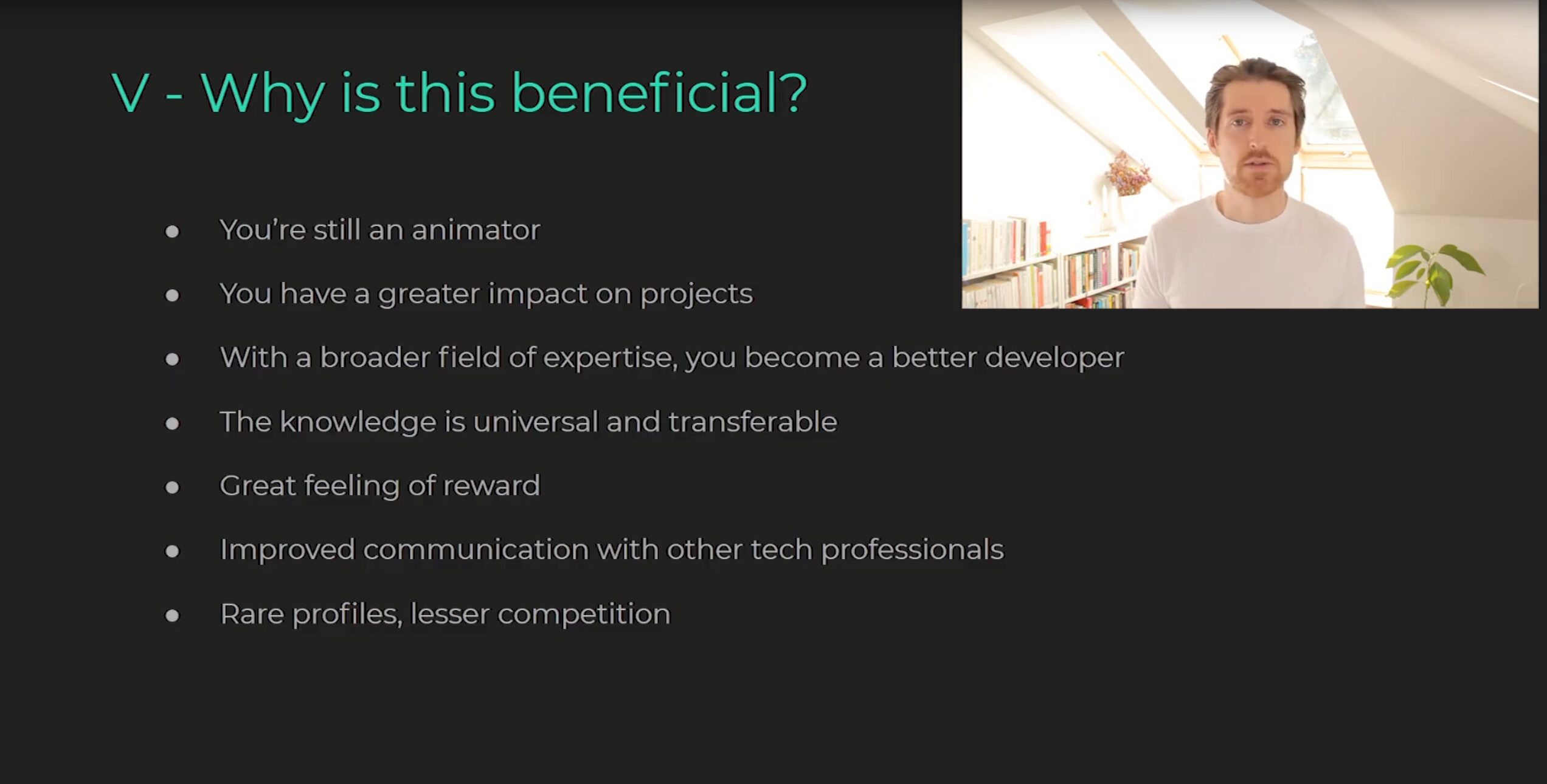
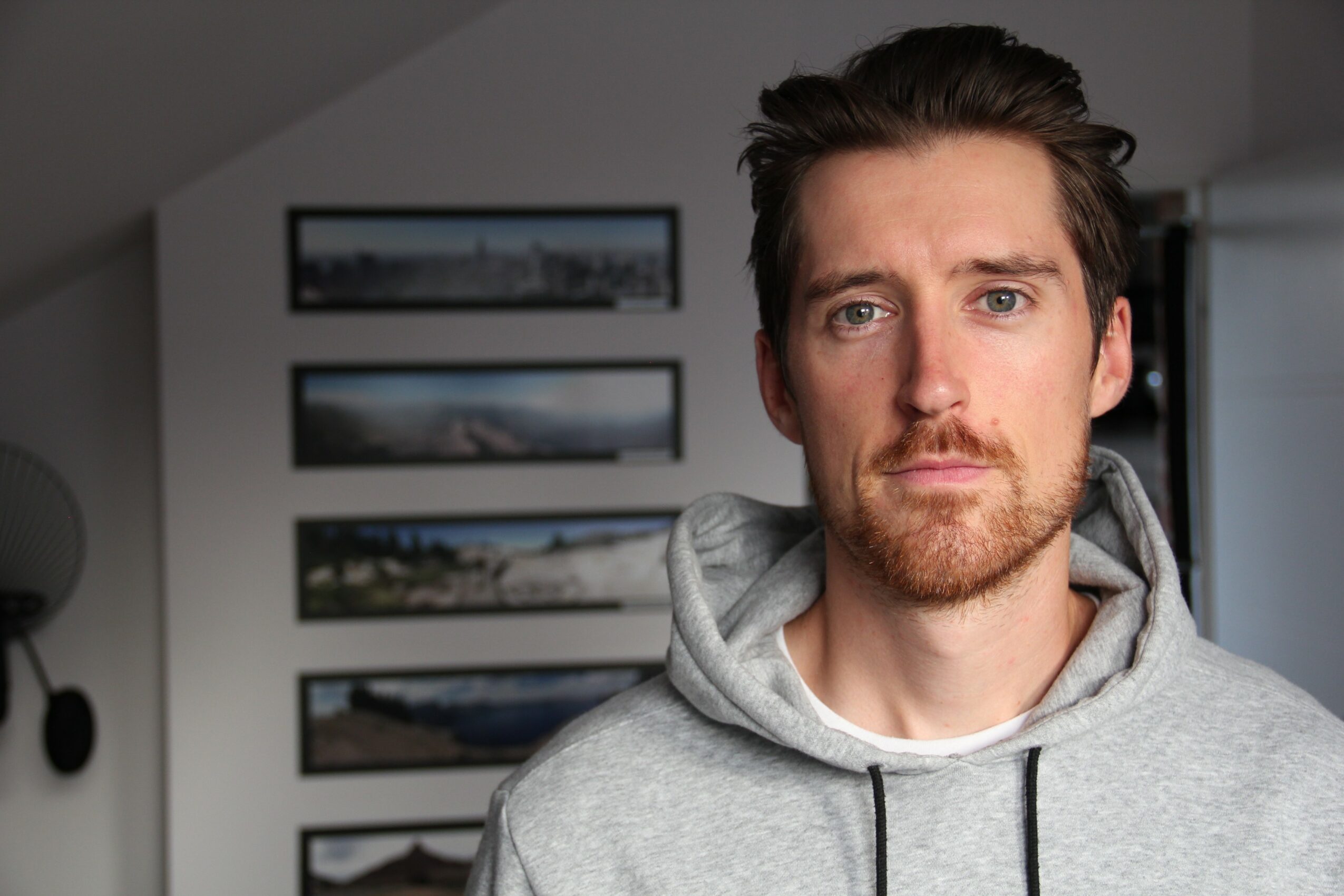
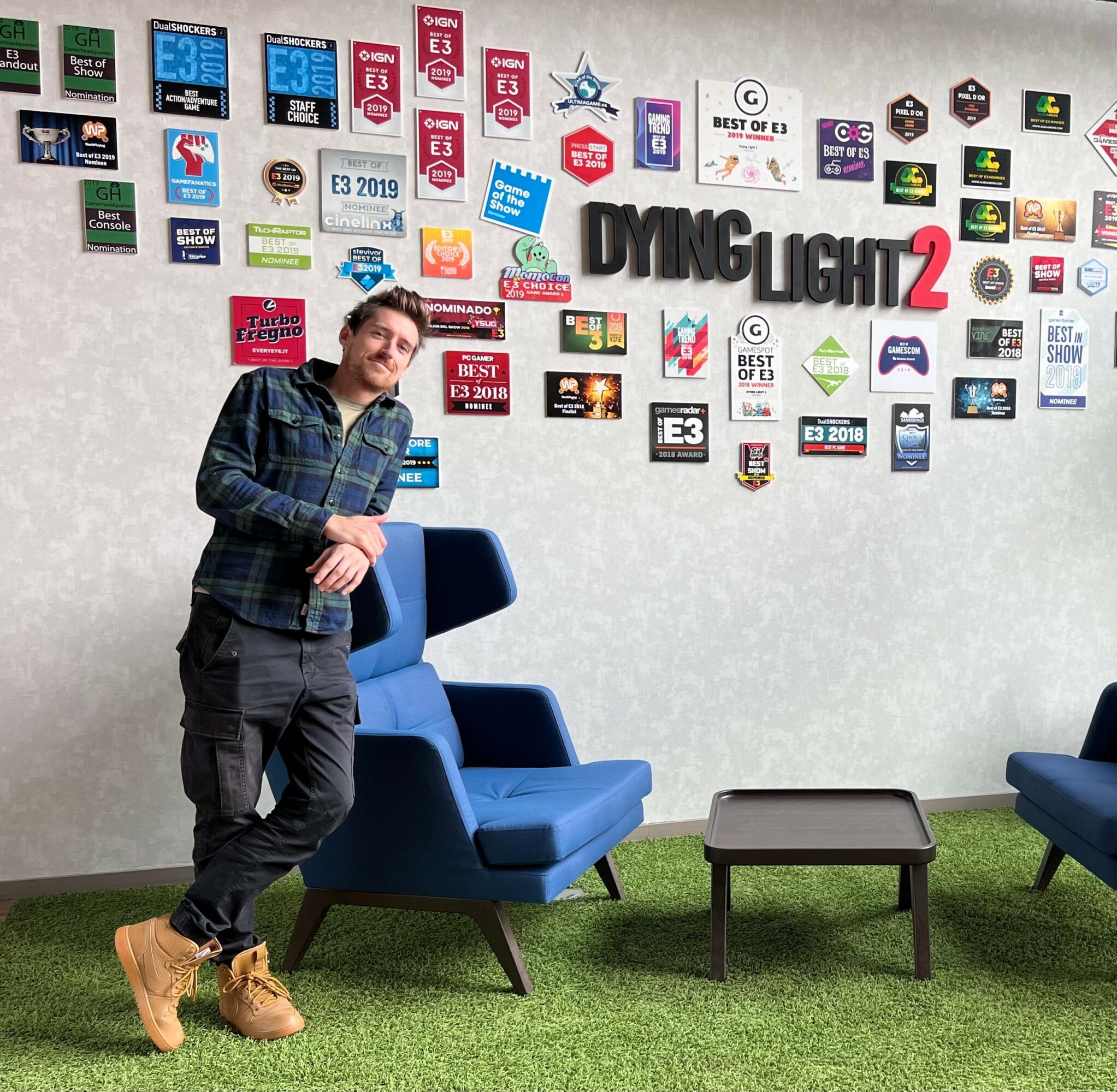
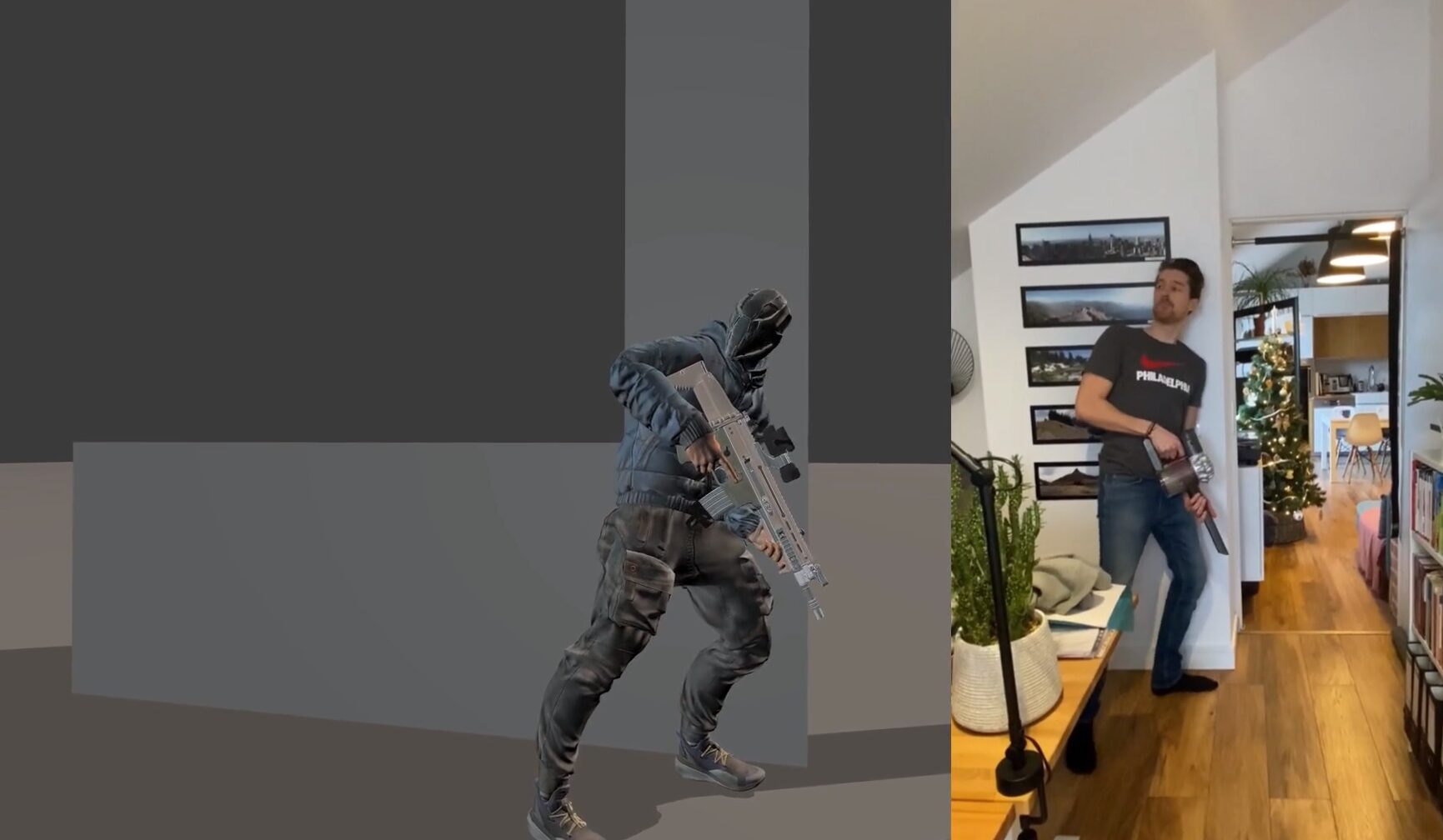
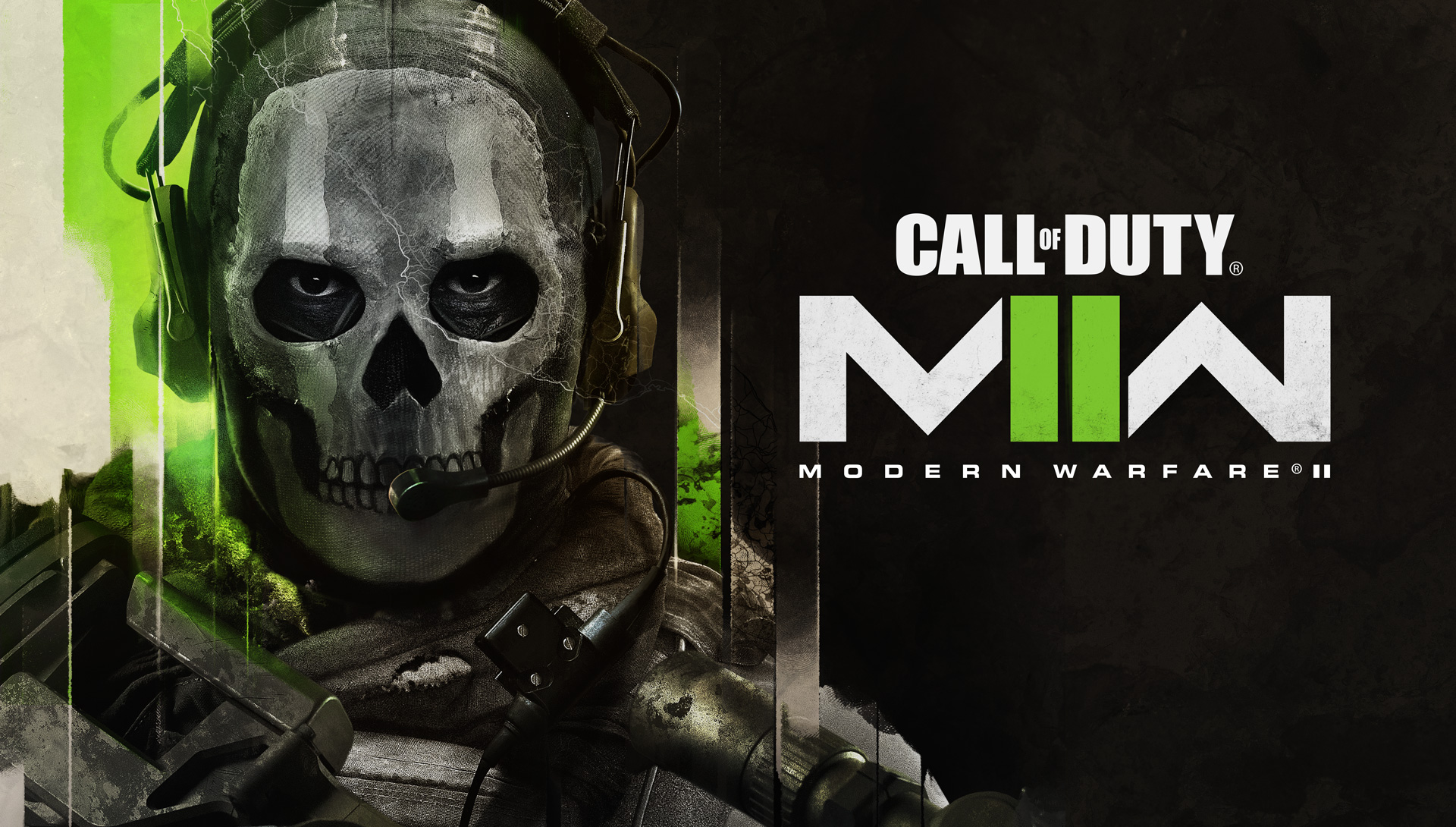

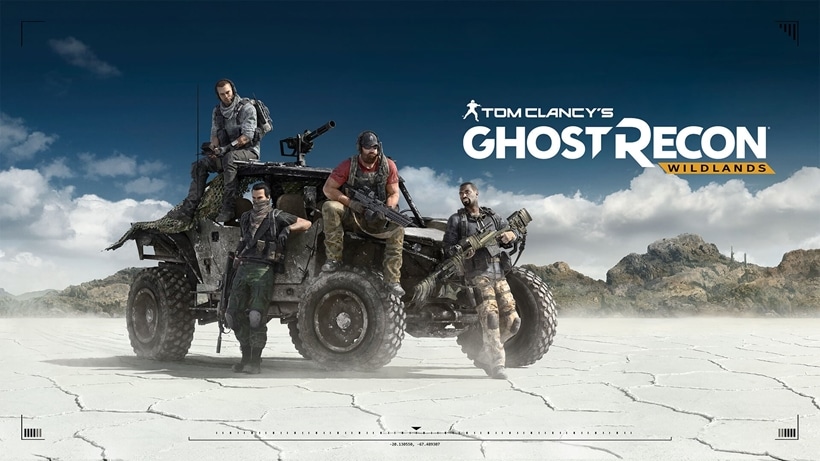
Image Credits
Ubisoft – Tom Clancy’s: Ghost Recon Wildlands artwork
Techland – Dying Light2: Stay Human artwork
Activision – Call of Duty: Modern Warfare II artwork











